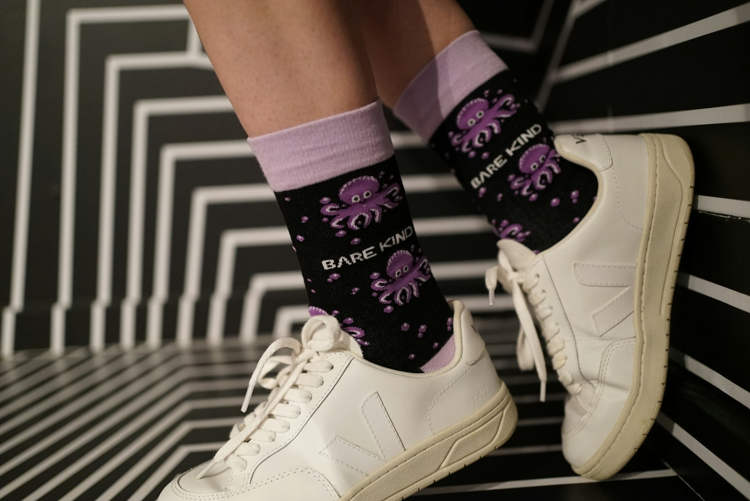One of the biggest film franchises ever made, the Twilight Saga came to an end with the launch of Breaking Dawn – Part 2. It was a celebrated moment by fans of the series, but now that all the hype is gone, many of them are struggling to accept the fact that their favorite blood-suckers won’t be returning to the silver screen. Luckily, now they have Twi-line, a special phone line that helps them relive their favorite Twilight moments.
It must be tough coming to terms with the fact that vampire heartthrob Edward Cullen will never show his pale face again in a Twilight film, although considering the state of the film industry today, a spin-off isn’t out of the question. For now though, the series is officially over, and apparently that’s really painful for a lot of fans. To celebrate the UK launch of the Breaking Dawn – Part 2 DVD, and to comfort Twi-hards, the film’s distributor has set up a special phone line where they can listen to memorable quotes from their favorite characters over and over again. I don’t get what the big deal is, when they could just replay scenes from the movie and also see their heroes speaking those lines, but it seems many fans actually love the idea of hearing vampire Edward, werewolf Jacob Black and their love interest Isabella Swan over the phone.




















